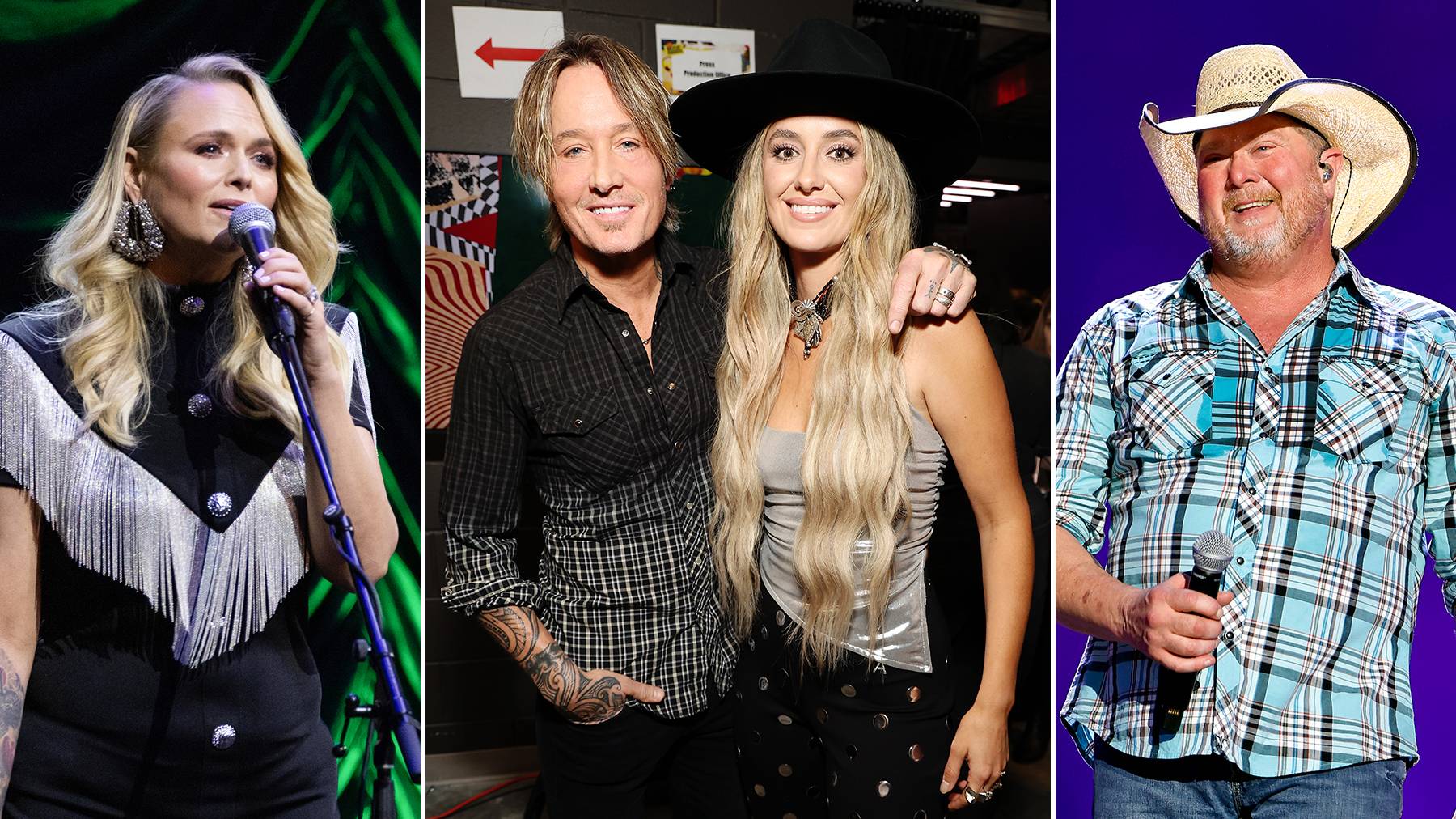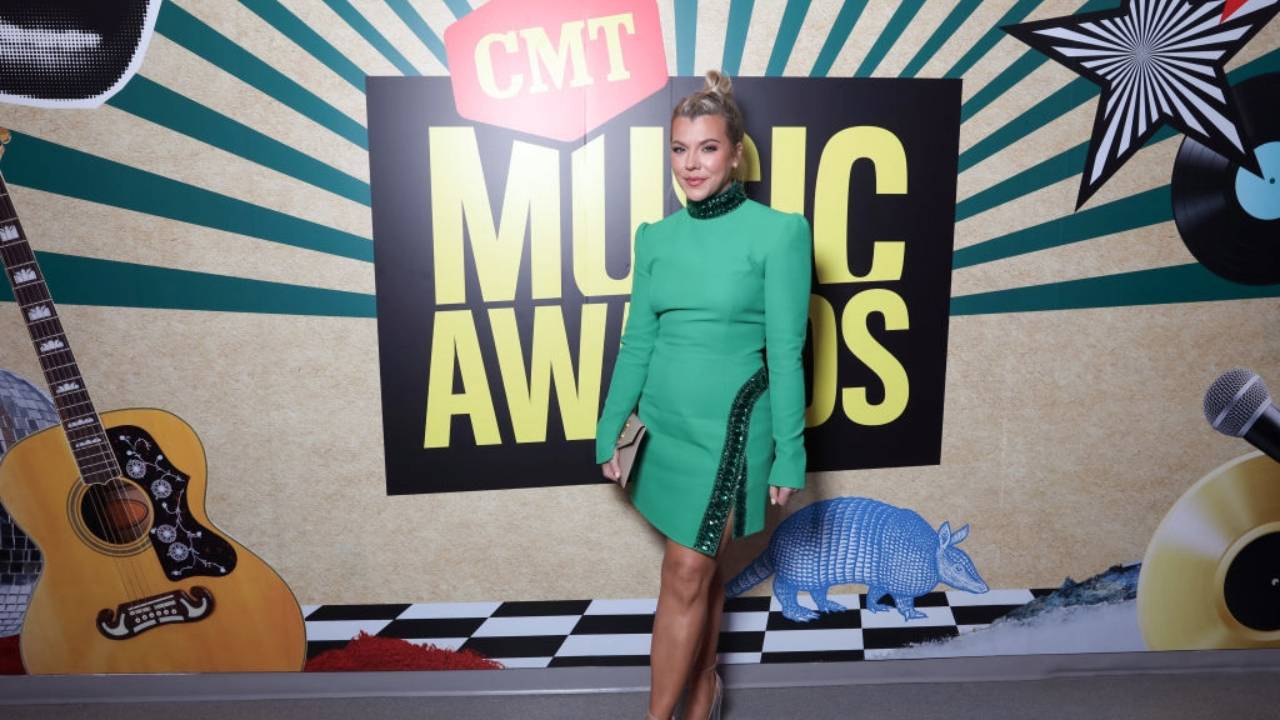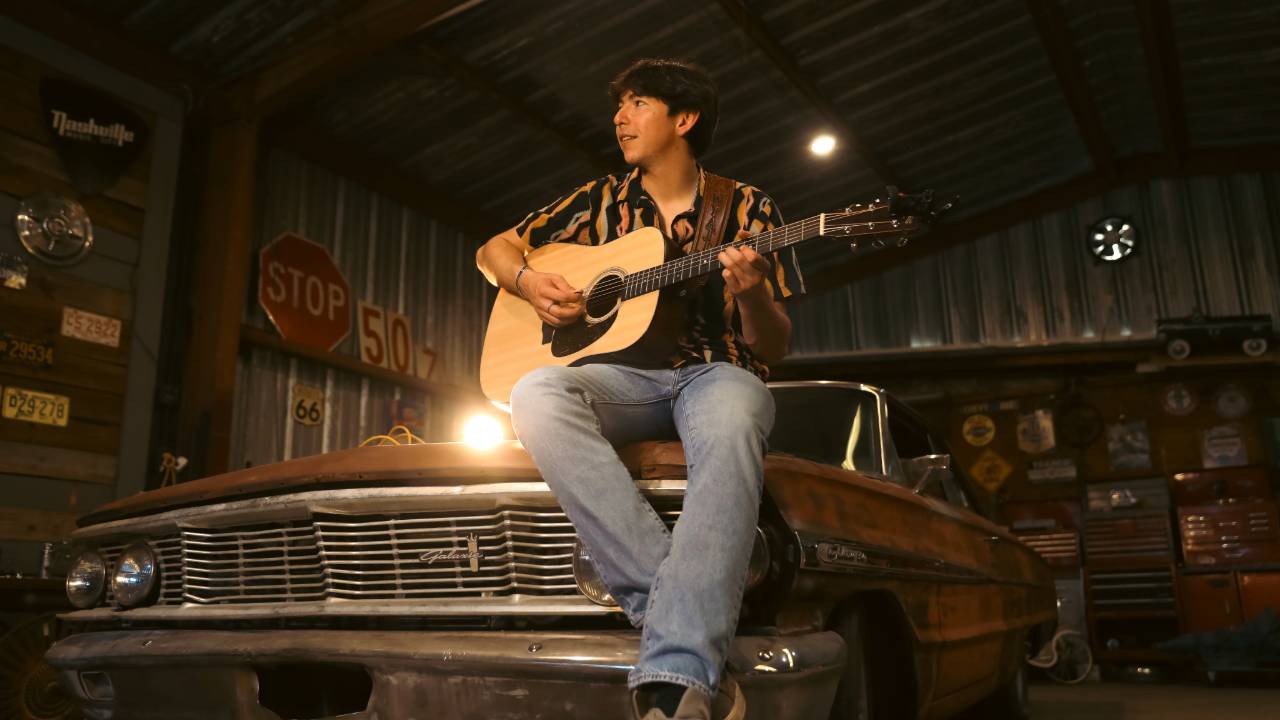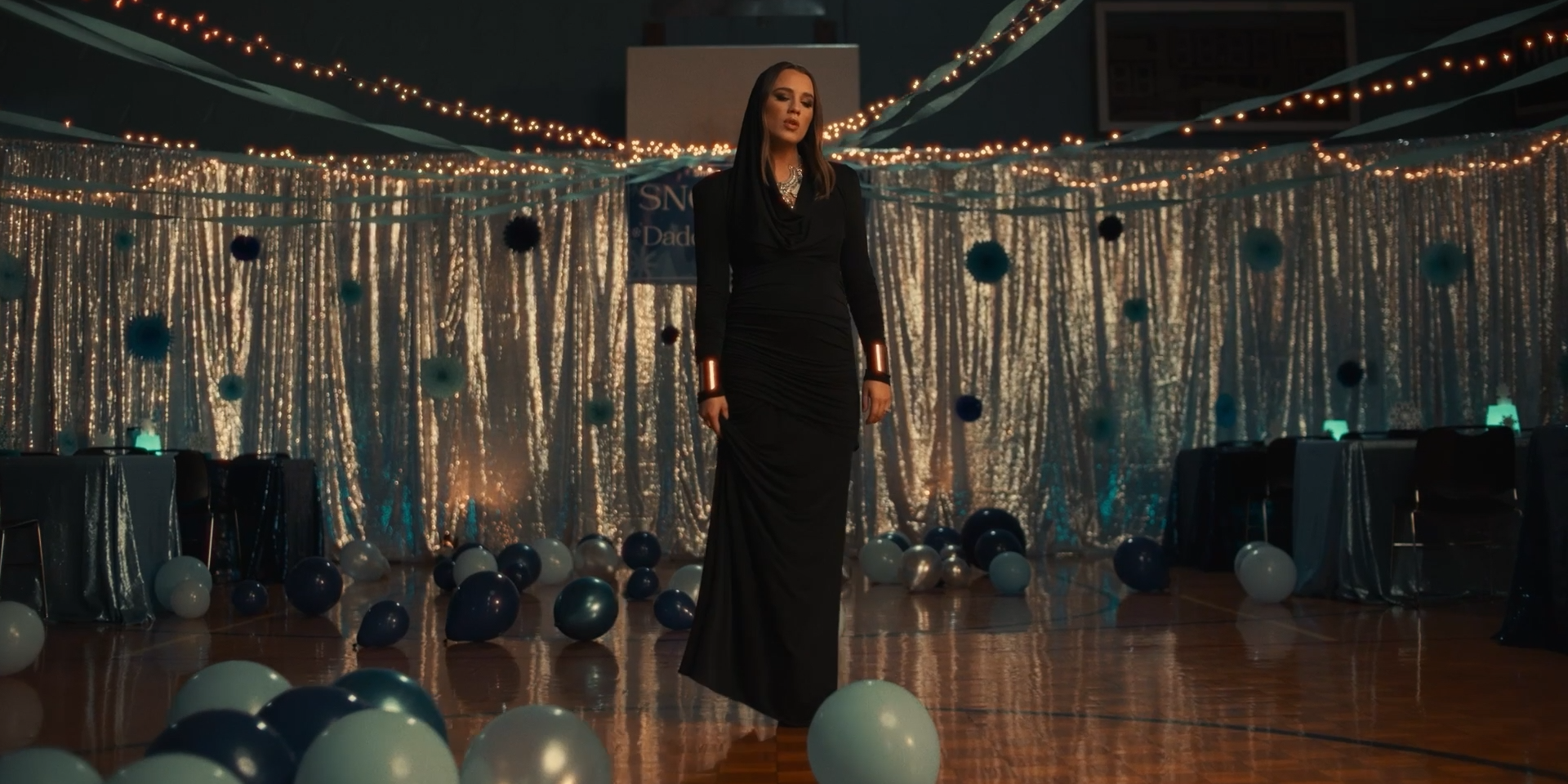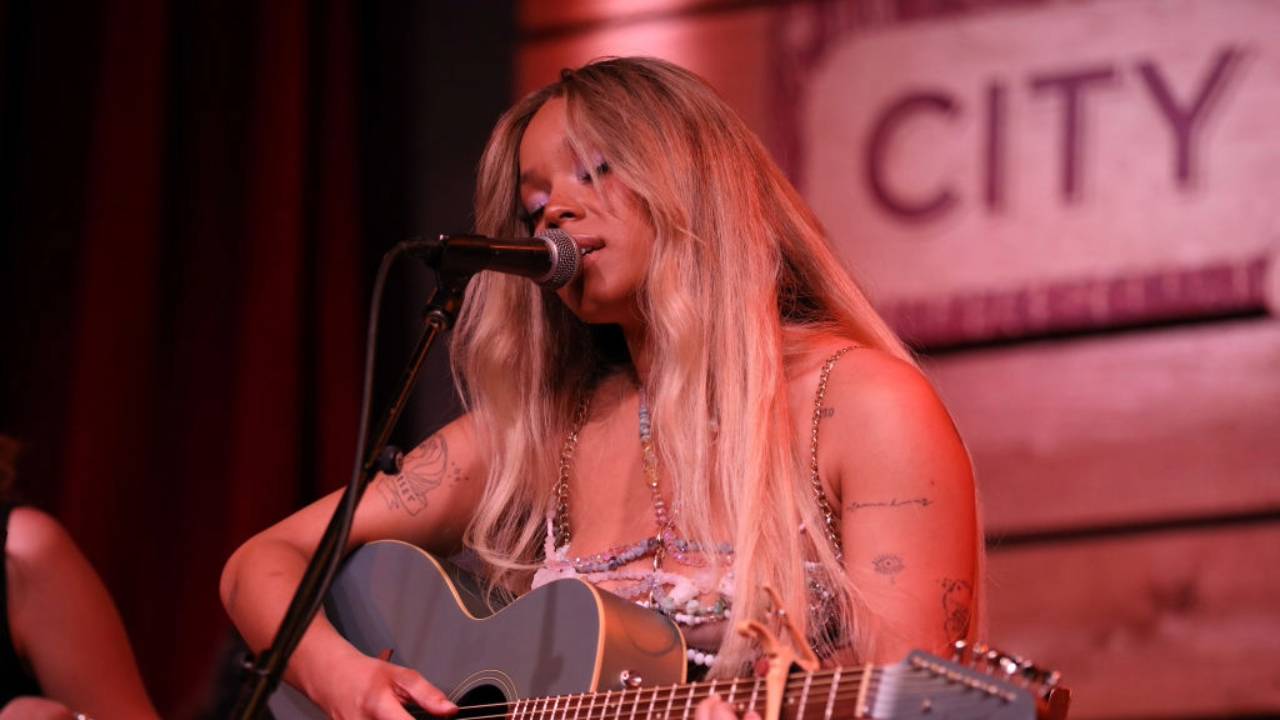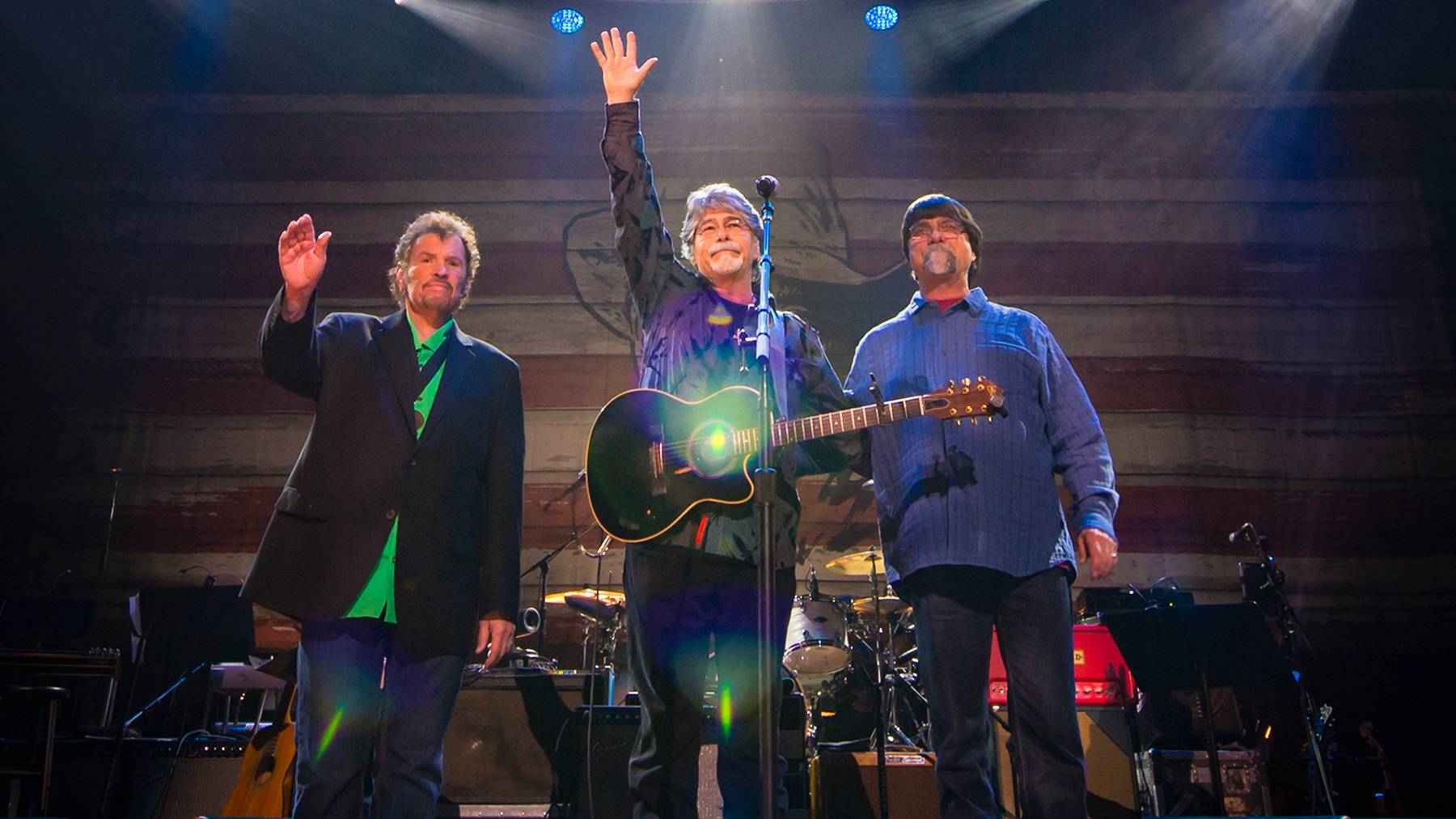Neil Young: The Nashville Sessions
In a career that encompasses more than three decades, Farm Aid organizer Neil Young has been one of the more interesting figures in popular music. Some might even say, save for Bob Dylan, the most interesting personality. Young can easily glide from style to style be it rock, blues, high-tech pop, folk and country with varying degrees of commercial success. One thing about Young is for certain, though -- he's not very predictable when it comes to anticipating which turn in the road he's gonna take along his musical sojourn. Therefore, it's not all too surprising that in his travels Young has made a few stops in Nashville.
Going back to Young's earliest commercial success with the Buffalo Springfield, there were echoes of country music. Not unlike their Los Angeles counterparts, The Byrds, the Springfield was striving to distill a variety of styles to create a new and different sound. The group incorporated the banjo, Dobro and other country elements into their recordings. Stephen Stills' inspired acoustic guitar playing on "Go and Say Goodbye" was a carbon copy of the bluegrass instrumental, "Salt Creek" and James Burton's brilliant Dobro work on "A Child's Claim to Fame" are but two examples of the country influence. Unfortunately, due to a variety of circumstances, the group disbanded in May of 1968 after recording a handful of critically acclaimed albums, with Young landing a solo recording contract with Reprise Records.
Young's first solo album for the label, the self-titled Neil Young, kicked off with a country instrumental titled "The Emperor of Wyoming," a light-hearted ditty emphasizing the fiddle and Young's twangy Gretsch guitar sound set to a country backbeat. Subsequent albums Everybody Knows This is Nowhere and After the Goldrush, though primarily rock `n' roll in content and delivery, contained a sprinkling of country, including Young's cover of Don Gibson's 1958 classic, "Oh, Lonesome Me."
In late 1970 Young came to Nashville to tape an appearance on Johnny Cash's ABC-network television series along with Linda Ronstadt and James Taylor. Perhaps inspired by the success Dylan achieved recording a trio of albums in Nashville a few years earlier, Young decided to break away from the L.A. studio scene and give Music City USA a shot for his next recording project.
Young had long been an admirer of many Nashville-based recordings, as evidenced in an interview earlier that year which offers a glimpse into his studio approach. "I'm trying to make records of the quality of the records that were made in the late '50s and the '60s, like Everly Brothers records and Roy Orbison records. It was all done together ... it was something special that used to hit me all the time, that all these people were thinking the same thing," said Young to Elliot Blinder of Rolling Stone.
For the sessions at Quadrophonic Studios, Young assembled a new band, which he dubbed the Stray Gators. Among the musicians appearing on the album were Ben Keith, whose credits include the pedal steel on Patsy Cline's "I Fall to Pieces" and A-team drummer Kenny Buttrey, who played on a passel of records including Bob Dylan's 1966 tour de force, Blonde on Blonde. Young invited Ronstadt and Taylor along to sing back-up vocals.
When Harvest was released in February 1972, some rock music critics panned it and even suggested that it signaled the end of Young's brief but already brilliant musical career. After all, it was quite a departure from Young's last two albums.
The critics were wrong. The record buying public loved it, and Harvest became the biggest-selling album of 1972. In music industry terms, Harvest turned out to be Young's "career" album. It put him over the top and in Young's own words "in the middle of the road." Harvest netted Young his first -- and sole -- No. 1 pop single "Heart of Gold," and the album has been certified quadruple platinum.
As Young's stock rose in the music world, so too did that of his songs. A prolific writer, Young's penned hundreds of songs during his career that are adaptable to a variety of musical genres. Waylon Jennings covered "Are You Ready for the Country" (from Harvest) and managed to score a Top 10 hit in early 1977. In the ensuing years, Ronstadt, David Allan Coe, Lacy J. Dalton, Dolly Parton, Emmylou Harris, Marty Stuart and others have recorded Young's songs.
Although Young would not record again in Nashville until 1977, all of his albums between Harvest and Comes a Time would carry some country overtones if not straight-ahead country fare. Stars and Bars and the highly underrated 1975 album, Zuma were the most overt but even Young's stark -- and very dark -- Tonight's the Night possessed a straight ahead honky-tonker titled "Roll Another Number."
In the fall of 1977 Young was traveling across the country on his bus with his son and rolled into Nashville, where he decided to record some new material. Young assembled the Gone with the Wind Orchestra for the recording of Comes a Time and brought in a long and impressive group of musicians for the project. Nicolette Larson flew in from California to add the harmony vocals. Ben Keith, by now a fixture in Young's musical endeavors, was joined by cajun fiddler Rufus Thibodeaux (from Jimmy C. Newman's band), bass players Joe Osborn and Tim Drummond, guitarists Ray Edenton and one-time Blue Grass Boy Vic Jordan and bluegrass guitarist Grant Boatright, among the nearly two dozen musicians who played on the album.
In addition to his work on the project, Boatright is the link to Young's acquisition of one of country music's greatest artifacts, Hank Williams' 1941 D-28 Martin guitar. Boatright is a collector of vintage Martin guitars, and Young contacted him in search of a new instrument. Says Boatright, "I'm the one who found that guitar and turned him onto Tut (Taylor). Neil called me and wanted me to sell him one of my guitars or help him find one." At the time bluegrass musician and instrument dealer Taylor was sitting on one of Williams' guitars, which he acquired from a Nashville area gun shop.
Taylor recently recalled the day Young showed up on his doorstep. "One day we were hangin' out in the pickin' room at the shop when we saw this huge -- and I mean weird and huge bus -- drive up in the parking lot. It stops and out steps Grant and Neil ... Neil asked about the Hank Williams' Herringbone so I got it for him. He made a couple of chords, one of them being a good country E and when he heard it, his eyes kinda rolled back in his head and he said, 'This is it. It's got that soul.' He wasn't wrong, it did."
Armed with his new Martin, Young commenced to recording the basic tracks for Comes a Time, splitting the sessions between Woodland Studios and the Sound Shop. Recalls Boatright of his studio experience with Young, "With Neil it's not a matter of recording right, it's not strictly a technical thing. With Neil it's a matter of getting the feeling and sound and letting it go down as naturally as you can get it. The song 'Already One' is just about one of the prettiest country songs you'd ever want to hear. Just listen to the lyrics. I remember playing guitar and starting to cry ... that sprinkle of beauty that Neil put in there."
Nearly a year after its recording, Young released Comes a Time in September 1978 amidst acclaim by both fans and critics. It turned out to be Young's most commercially accessible and successful album since Harvest. Among the stand-out cuts on the album were "Human Highway," "Goin' Back" and "Peace of Mind," all beautifully executed songs with poignant, well-crafted, timeless lyrics.
By decade's end, Young had cut a wide swath through the musical landscape. He knocked out some incredible rock 'n' roll with the album Rust Never Sleeps with Crazy Horse, and the Village Voice named Young their Artist of the Decade. Young continued to move pretty much in the rock world for the next five years, playing large halls and genre-hopping from techno-pop, rockabilly and then a head-on country assault.
Young's Old Ways album, which was recorded at Castle Studios in Franklin, Tenn. in 1984, is without a doubt his most serious excursion into the country terrain. Again Young commissioned Nashville's heavyweight musicians. Two of country's most towering figures, Waylon Jennings and Willie Nelson, appear on the recording, and the album's list of musicians credits reads like the Local 257 Musician's Union directory.
This album perhaps best exemplifies Young's attempt to recreate the music of the Nashville Sound era that he found so appealing in those Everly Brothers and Roy Orbison recordings. All but one song on the record, "The Wayward Wind," were penned by Young and were dripping with fiddles, pedal steel, banjo and every other country component known to man.
Old Ways spent 25 weeks on the Billboard's Country Charts and made a minor blip on the Pop Album Charts. Marty Stuart contributed his formidable talents on the track "Misfits" and recounts in a recent interview how he came to work with Young. "I was at the hospital visiting Johnny Cash, and Waylon came in. He asked me where I was headed and said he was going out to do a session with Neil and asked me if I wanted to ride along. When we first got there, Neil wasn't there. He was out walking and thinking about it (the album). He came back and changed a couple of lines in a couple of the songs. I didn't have my mandolin with me and called Roland (White), and he brought me Clarence's (White) mandolin to play on the session." Noted Nashville songwriter and bass player Joe Allen was one of the musicians on Old Ways and a member of Young's touring band. "That was the easiest session I've ever done," says Allen, a veteran of hundreds of sessions. "It was the most laid-back record. Neil's ability as a songwriter is what really impressed me. After working with him, I became a true fan."
Young plunged into the country scene head first, joining the Country Music Association and making rare television appearances on Ralph Emery's prime time show, Nashville Now and Austin City Limits. Instead of MTV, Young's new video "Are There Any More Real Cowboys," in which Willie also appeared, surfaced on CMT.
Heading out on the road, appearing at more country oriented venues like state fairs and the Palomino Club in North Hollywood, Young put together arguably one of his best road bands to date, the International Harvesters, where it was not uncommon to have mainstream country artists such as Gail Davies and David Allen Coe sharing the bill. Young deftly recast many of his earlier songs into the new country-rock format, pulling material from all phases of his career from the Springfield era forward.
When time rolled around for the Live Aid benefit in the summer of 1985, Young hit the stage with the Harvesters in tow. A comment made by Bob Dylan during his set suggested a similar type event be staged on behalf of the American farmer. In a mere six weeks Nelson, Young and John Mellencamp got together and produced the first Farm Aid in Champaign, Ill., on September 22.
Fourteen years later, the plight of America's family farmers remains close to Young's heart, and the 12th all-day event is set for Sunday, September 12 at the Nissan Pavillion just outside of the nation's capitol, where the organizers hope to grab the nation's legislators' collective attention. The top priority on Young's agenda is seeing a new farm bill introduced when the current Freedom to Farm bill expires in two years.
In a recent interview, Young voiced his displeasure over the media's coverage of the issues saying, "You people in the press are the ones that can really make a difference. I'm not impressed with what you've been able to do so far, I'm sorry to say. You don't dig enough, and we need some investigative reporting with the same kind of energy that goes into trashing different political figures and sensational stories." He advises, "Do a little homework, read about it (the issues) and spend some time with people and try to get the real story. Please help make people aware of what the farm crisis is really about."
And when asked just what can be done on an individual basis to further the cause, Young had plenty of suggestions. "The average person can talk to their congressman, buy food that they know is grown by family farmers (which translates into organic produce and free-range meats), and contribute to Farm Aid."
After this year's Farm Aid concert falls into the pages of the history books, Young is looking at a full plate to carry him through the year. Young has a new album with his on-again, off-again collaborators Crosby, Stills and Nash titled Looking Forward, which is tentatively set for an October 26 release date. He is also planning his annual concert to benefit the Bridge School on October 30 and 31 at the Shoreline Ampitheatre in Mountain View, Calif. From that point on, what Young does is anybody's guess. Perhaps he'll hit the road again and head back to Nashville in the not- too-distant future, where he's always a much-welcomed guest.
